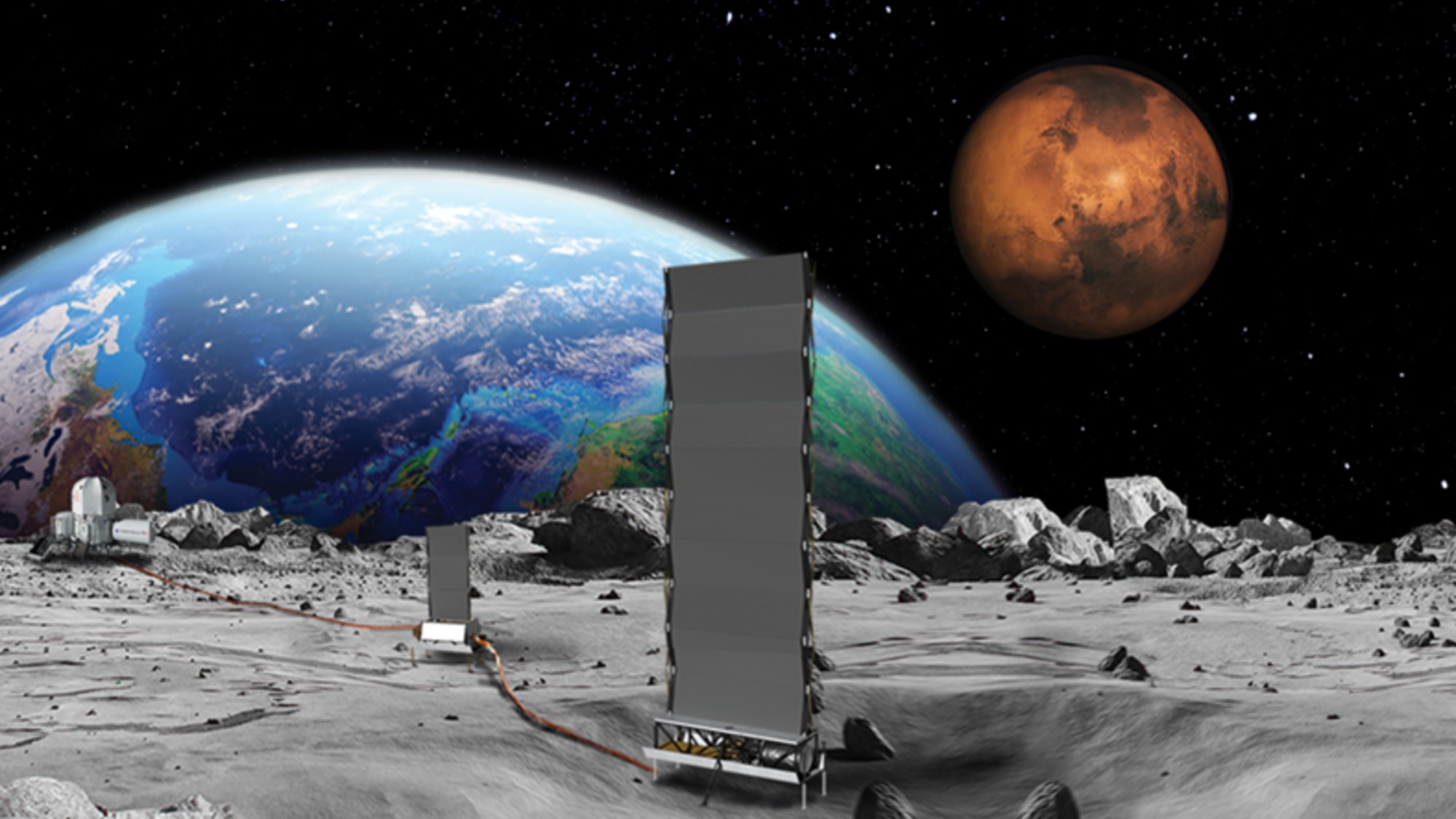Science
US Plans Nuclear Reactors on Moon to Boost Space Exploration

The United States is advancing plans to construct nuclear reactors on the moon, a move aimed at enhancing American leadership in space exploration. Sean Duffy, the Transportation Secretary and interim NASA Administrator, announced these initiatives amidst growing international competition, particularly with China and Russia, both of which have similar ambitions.
The initiative aligns with the Trump administration’s broader goals for space exploration, which include a focus on crewed spaceflight. According to the White House, the nuclear reactor project “could help accelerate U.S. efforts to reach the moon and Mars — a goal that China is also pursuing.” A NASA official highlighted the urgency of this endeavor, stating, “It’s about winning the second space race.”
Challenges and Opportunities Ahead
A nuclear reactor on the lunar surface could significantly enhance the sustainability of human presence on the moon. The lunar day, which lasts approximately four weeks on Earth, consists of two weeks of sunlight followed by two weeks of darkness. This extreme cycle poses challenges for relying solely on solar panels and batteries. As noted by The New York Times, a nuclear solution would “transform the ability of humanity to travel and live in the solar system,” particularly during the long nights when solar energy is unavailable.
This initiative is not entirely new; NASA has been exploring the potential for lunar nuclear reactors for several years. Duffy stated that NASA aims to have a 100-kilowatt reactor operational by 2030. However, the success of this plan may be jeopardized by significant budget cuts proposed under the Trump administration, which include a nearly 50% reduction in funding for science missions. While the administration is advocating for increased funding for human spaceflight, it simultaneously seeks to slash budgets for other critical programs, raising questions about the viability of the nuclear reactor project.
International Competition and Future Prospects
The stakes are high, as both China and Russia have announced plans for similar nuclear projects. Should either nation succeed in establishing a lunar reactor first, it could create a “keep-out zone” that would hinder U.S. efforts to establish a foothold on the moon, according to CNN. The urgency of this initiative reflects a broader concern within the U.S. that failing to advance its nuclear technology in space could undermine its competitive edge.
Despite the proposed budget cuts, NASA plans to award contracts to at least two companies within six months of its request for proposals. This suggests that the nuclear reactor initiative may progress regardless of fiscal constraints. Astrophysicist Neil deGrasse Tyson criticized the administration’s approach, stating, “What is not on-brand is to cut science programs, not only in NASA but across the board, and then say, ‘We want to excel in this one spot.'”
As the U.S. navigates these challenges, the potential benefits of a lunar nuclear reactor could redefine human exploration of the solar system. The forthcoming months will be crucial as NASA works to secure funding and partnerships while competing against formidable international rivals.
-

 Technology4 months ago
Technology4 months agoDiscover the Top 10 Calorie Counting Apps of 2025
-

 Health2 months ago
Health2 months agoBella Hadid Shares Health Update After Treatment for Lyme Disease
-

 Health3 months ago
Health3 months agoErin Bates Shares Recovery Update Following Sepsis Complications
-

 Technology3 weeks ago
Technology3 weeks agoDiscover 2025’s Top GPUs for Exceptional 4K Gaming Performance
-

 Technology2 months ago
Technology2 months agoElectric Moto Influencer Surronster Arrested in Tijuana
-

 Technology4 months ago
Technology4 months agoDiscover How to Reverse Image Search Using ChatGPT Effortlessly
-

 Technology4 months ago
Technology4 months agoMeta Initiates $60B AI Data Center Expansion, Starting in Ohio
-

 Technology4 months ago
Technology4 months agoRecovering a Suspended TikTok Account: A Step-by-Step Guide
-

 Health4 months ago
Health4 months agoTested: Rab Firewall Mountain Jacket Survives Harsh Conditions
-

 Lifestyle4 months ago
Lifestyle4 months agoBelton Family Reunites After Daughter Survives Hill Country Floods
-

 Technology3 months ago
Technology3 months agoUncovering the Top Five Most Challenging Motorcycles to Ride
-

 Technology4 weeks ago
Technology4 weeks agoDiscover the Best Wireless Earbuds for Every Lifestyle





















